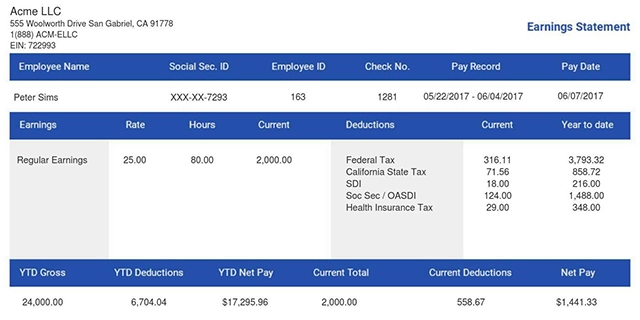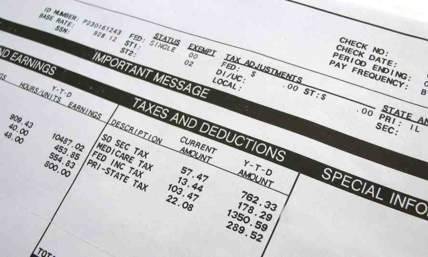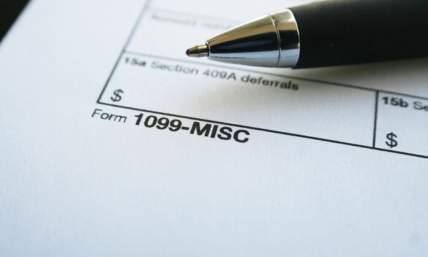What Does YTD Mean on a Pay Stub? A Complete Guide to YTD Calculations
Pay stubs are essential to bookkeeping regarding earnings and what is deducted. Have you seen YTD on your pay stub and wondered, “What does YTD mean on a pay stub”? Firstly, it shows the yearly financial information. It makes sure you are precisely able to track the revenue and the deductions within a particular year.
It assists with tax returns, budgeting and financial planning. We will look more into “What does YTD mean on a pay stub?” in detail through this guide. You will also learn how to calculate YTD with pay stub generators. So, stay tuned and go easier with financial management today!
What Does YTD Mean on a Pay Stub?
To understand “What is YTD on a pay stub?”, you should know that it stands for Year-to-Date. It is a record of your entire financial history. These include gross income, deductions, and employer contributions. The period starts on Jan. 1 and resets every time you receive a paycheck. YTD provides proof of financial performance on an annual basis. They help maintain transparency and accountability in payroll processes. YTD is used in a pay stub in the following three ways:
YTD Earnings
This is the gross income before deductions are made. It is the annual pay received divided by the pay frequency in a year.
For hourly employees: Hours worked × Hourly rate.
Salaried employees: Annual pay / Pay periods per year
YTD Deductions
These are the total amounts withdrawn for tax, insurance and other benefits. They may include the federal income tax, state tax, health insurance, and retirement. To calculate your deductions, multiply the paycheck deduction by the total pay periods in the year.
YTD Contributions
This involves medical and other insurance and retirement pensions paid by the employer. 401(k) contributions, health insurance premiums, and bonuses are all examples of these kinds of wages. They are not withheld from your paycheck.
Why Is YTD Important on a Pay Stub?
Knowing “What does YTD mean on a pay stub?” is really important for the following reasons:
-
Earnings Tracker: It indicates how much you have earned. This helps you understand your financial condition.
-
Easier Tax Filing: It simplifies year-end tax filing. This ensures that income and deductions are reported correctly.
-
Helps with Budget Planning: The data can provide a useful source of information to employees as well as employers in planning finances. It aids in savings and spending insights.
-
Promotes Transparency: Employees validate deductions and contributions made by the employer. This induces greater confidence in the payroll systems.
How to Calculate YTD Amounts
Below are simple steps you can follow to calculate your YTD:
-
For Employees Who Receive Pay Stubs
Step 1: Look for gross pay on a recent pay stub.
Look for the gross pay line on your most recent pay stub. The figure is the gross salary before any taxes are taken out. It is important to include this value to make your calculation complete.
Example: suppose your gross pay per pay period is $3000.
Step 2: Total gross pay
Knowing how to calculate your total pay for a period is a key skill. For total pay, use gross pay multiplied by the total period. That will provide you with your total pay for that specific year. Make sure the number of pay periods you chose is correct.
Example: If you are paid biweekly (every two weeks), this means 26 pay periods in a year.
Total gross pay = $3000 × 26 = $78,000
Step 3: Deductions for tax and benefits
Subtract tax withholdings and benefit deductions from income. That figure includes federal taxes. Also, state and local taxes and benefits. Calculation should round up and all deductions should be properly deducted
Example: If Federal tax is 20% = $78,000 × 20% = $15,600
State tax is 5% = $78,000 × 5% = $3,900
Other deductions is 7% = $78,000 × 7% = $5,460
Total deductions = $24,960
-
If You Do Not Get Pay Stubs, Try the Following Steps:
Step 1: Bank statements or proof of payment
Confirm the receipts in your bank statements. Verify your activity in transaction history, like deposits and payments. These statements serve as evidence of the explanations of your earnings for the period.
Step 2: Aggregate gross payments since January 1
Collect all the revenue received to date, that is, the gross payments for the relevant period. This will help in adding up your gross income total throughout the year.
Step 3: Tax and benefit withholdings calculation.
Use tax tables to estimate withholding amounts. Subtract any potential benefit reductions, such as health insurance. Estimate for deductions and contributions.
How to Use Pay Stub Generators for YTD Calculations
Pay stub generators alleviate the payroll process and help to enhance its accuracy. They provide the correct calculation of YTD. This eliminates the workload involved. In order to find out “What is YTD on a pay stub?” here is the entire pay stub generation step-by-step process:
Step 1: Choose a Credible Pay Stub Generator
Choose one generator that respects all labor laws in the US. Ensure it functions for tax compliance at the month, quarter, and year levels. Find a feature that lets you do different payroll frequencies. Be sure to research user ratings. This is to ensure you are working with a fully legitimate and safe generator.
Step 2: Input Employee Information
Include the employee’s name, address, and position. State the pay period dates and your employment status. Doing it this way will keep the data correct and not be mistaken. Report the correct information for tax withholding.
Step 3: Report Your Income and Expenses
The gross earnings amounts for the employee, i.e., hourly or salary pay. Include any overtime, bonuses or commissions. Then, deduct taxes, insurance and retirement contributions. The YTD numbers will auto-populate based on these inputs.
Step 4: Verify YTD Totals
Verify YTD earnings against previous pay stubs for accuracy. Find the mistakes or failures in the deductions. You should review all applicable tax rates if any taxes would be withheld. Make sure you have correctly represented and attributed any benefits and contributions.
Step 5: Generate and Download the Pay Stub
Verify the information provided and proceed to generate the pay stub. You have to download the pay stub to secure the record. Retain the document for future reference.
To Sum It Up
Understanding “What is YTD on a pay stub?” is an important way to view your finances. It helps you to plan accordingly and enables employees to monitor income, deductions and employer contributions.
Pay stub generators make this easy by calculating your YTD. They give both employees and employers peace of mind. This serves as proof from employers that their payroll is accurate and convenient. Want to simplify your payroll? Test out a dependable paystub generator now!














